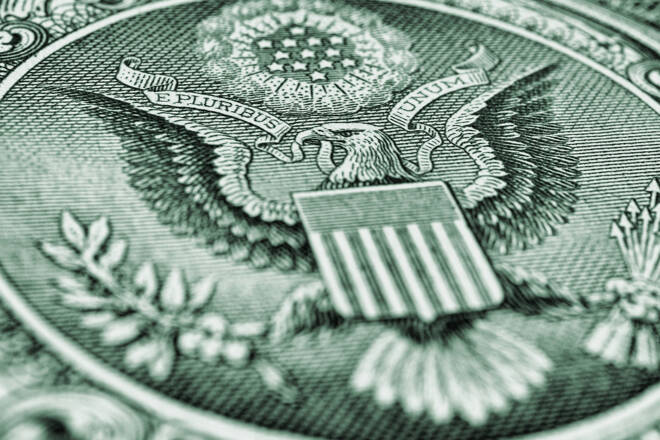Advertisement
Advertisement
A Bond Market Recession Hits, Driving FX Market Volatility
By:
Historically, central bankers and the markets have taken note of the bond markets. This time around, the bond markets are taking a hit.
Earlier this month, the World Bank issued a press release highlighting the risks that central banks pose to the global economy.
The World Bank noted that,
“Central Banks around the world have been raising rates this year with a degree of synchronicity not seen over the past five decades.”
Significantly, the World Bank also noted that,
“The current expected trajectory of interest rate increases and other policy actions may not be sufficient to bring global inflation back down to levels seen before the pandemic.”
The fallout stemming from central bank policy responses to inflation has been significant.
According to Deutsche Bank Research, global bonds have succumbed to their first bear market in over seven decades. Furnished with figures dating back to 1786, Deutsche Bank observed that the last time the bond market performed so poorly was in 1946, the year after the end of World War II.
Yet, despite the bond market reaction, the markets are unwavering in their outlook on central banks and their policy maneuvers, inflicting more pain on the global bond markets and beyond.
Unlike the Great Recession of 2008, there appears to be a lack of cohesiveness between policymakers to tackle inflation and what looks like an unavoidable global recession.
On Friday, the GBP/USD pair tumbled by 3.57% to end the week at $1.08504. Things did not improve on Monday. The Pound slumped to an all-time low of $1.03565 against the dollar before steadying.
The root cause of the collapse was simple, a lack of a coordinated UK government – Bank of England response to curb inflation.
In fact, the markets expect the UK government’s tax cuts and efforts to increase consumer spending power to push inflation higher. Such an eventuality would complicate the Bank of England’s policy efforts. Materially, it would also force more aggressive rate hikes to combat government efforts to spur spending.
Looking at US Treasuries, the Fed mantra of bringing inflation to target at any cost has also caused mayhem. 2-year Treasuries are up 397 bps to 4.25% year-to-date. 2-year UK Gilts are up 385 bps to 4.14%. However, 2-year UK gilts are up 143 bps over the last month alone compared with 85 bps for 2-year Treasuries.
Market fear of a global recession, driven by monetary policy, has fueled demand for the dollar. After the latest Pound plunge, the Bank of England and the UK government have a tough road ahead. Convincing the markets that the latest policy moves will work may take time.
For the Greenback, a marked deterioration in labor market conditions and a sharp recoil in consumer prices would allow the Fed to take its foot off the gas. However, these conditions are unlikely to materialize any time soon.
This morning, the Dollar Spot Index (DXY) stood at 113.553. Year-to-date, the DXY is up 18.98%. By contrast, the Pound is down 20.2% against the dollar.
The implications of dollar strength are far reaching. Net importing economies will need to make moves that extend beyond monetary policy.
As the World Bank put it,
“Central Banks should persist in their efforts to control inflation – and it can be done without touching a global recession. But it will require concerted action by a variety of policymakers.”
Until then, the bond markets will likely inflict more pain, with inflation showing no immediate signs of easing.
About the Author
Bob Masonauthor
With over 28 years of experience in the financial industry, Bob has worked with various global rating agencies and multinational banks. Currently he is covering currencies, commodities, alternative asset classes and global equities, focusing mostly on European and Asian markets.
Advertisement
